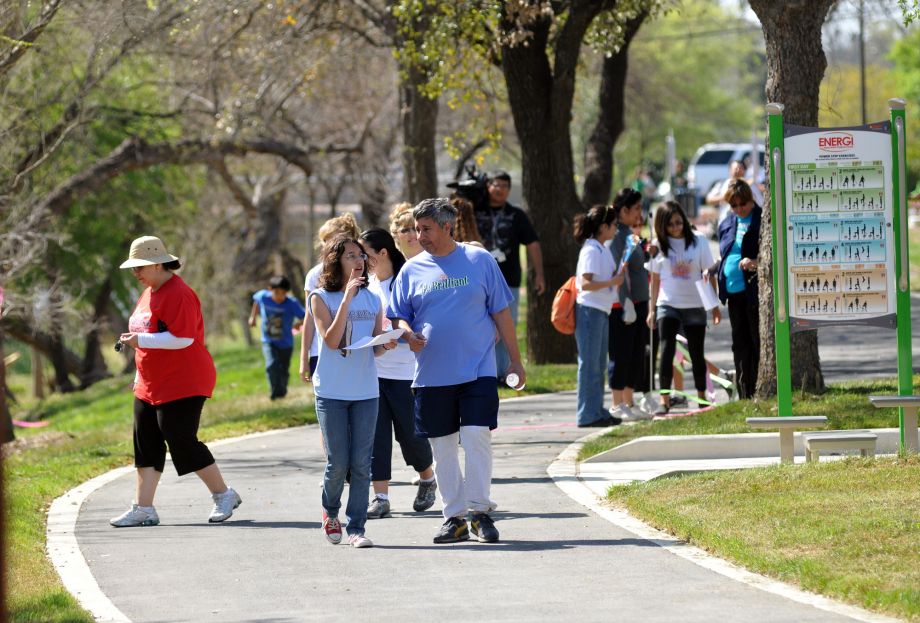Community health and wellness
Health outcomes
Data collected from national, state and local sources indicates that individual health concerns in San Antonio are varied, widespread and tied to the health of the broader community. Obesity stands out as one of the most crucial health concerns. In general, racial and ethnic minorities with lower educational attainment and income levels have the worst health outcomes.
As a response to these increasing challenges, the City designated health and active living as top priorities for the region. In 2010, San Antonio formed the Active Living Council to promote the integration of physical activity into people’s daily routines. The Active Living Plan for a Healthier San Antonio provides a set of policies and strategies that public and private institutions can implement across eight community sectors. And the SA2020 Vision Report lays out a strong vision for a healthy community with an online dashboard that tracks progress towards these targets. The latest SA2020 dashboard results show that the City is making progress, is on track, or has met target goals in all areas except for air quality, walkability and vehicles miles traveled.
Despite these achievements, there is much room for improvement. Community health issues are integrated with many other elements of the City including land use, urban design, transportation, economics and community services. To improve our health scores and enhance the safety and resiliency of city assets and services, San Antonio should consider the interactions of the natural and built environments on the provision and quality of services provided.
Our approach must be regional to have a significant impact on community health. Active partnerships between the City, County, adjacent municipalities, healthcare organizations, school districts, numerous nonprofits and other organizations can support the design and implementation of public health services, coordinate healthcare education and awareness programs, and support efforts to shape a built environment that supports community health goals. For example, we can inform developers about the role the built environment plays in influencing individual and community health, and all large-scale land use and development projects can be required to include an assessment of the impact they will have on community health.







